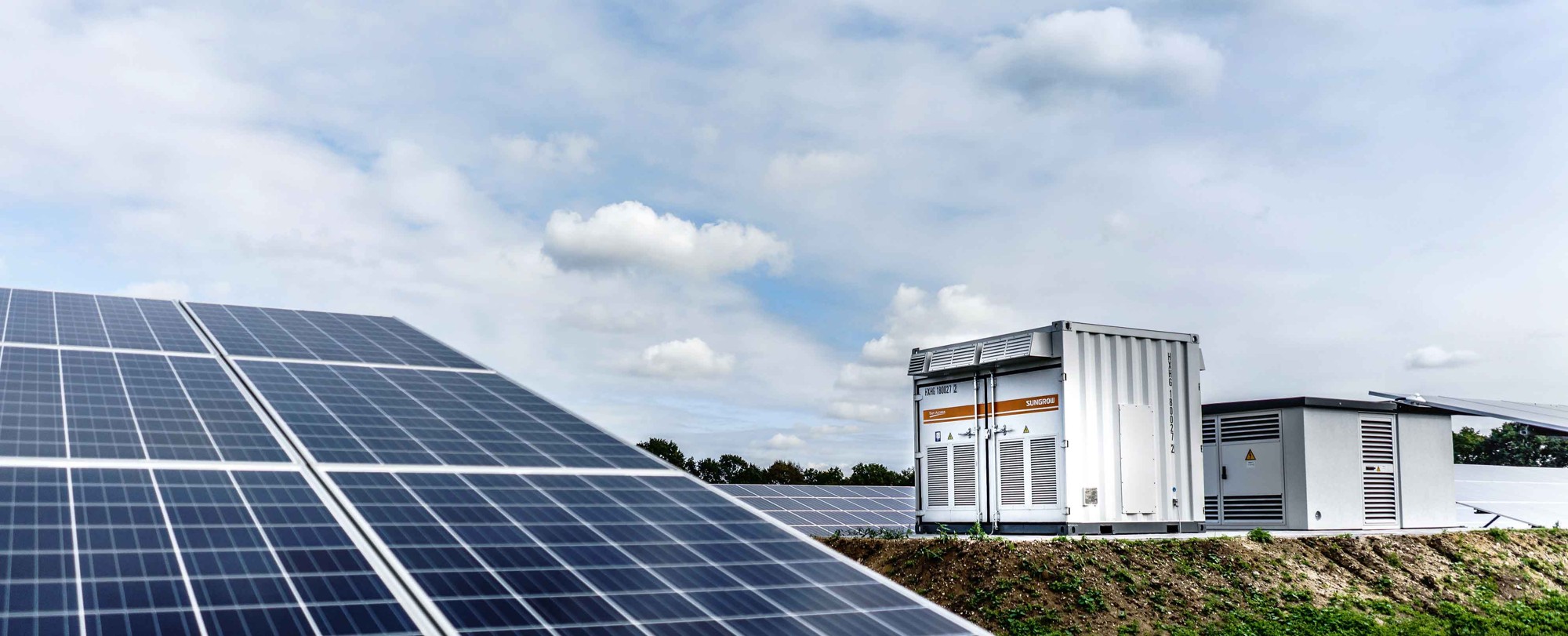Toni Perätalo
Fund Manager

Declining costs, growing regulatory support, and increased market opportunities are pushing large-scale BESS into hot spot of infrastructure investments.
Forecasts for the global growth of battery energy storage systems vary across different sources. According to Rystad Energy, the total BESS capacity will increase tenfold by 2030. McKinsey’s estimate predicts a “moderate” fivefold growth. BloombergNEF suggests that the capacity of BESS could increase by as much as fifteen times by the end of the decade.
Regardless of the estimate, the trend is clear: battery energy storage is becoming a central pillar of modern electricity infrastructure.
At Korkia, we are not just following the trend, but actively shaping it. With a 20 GW portfolio of renewable energy projects and extensive expertise in battery storage development, we are capitalizing this momentum and delivering value to our investors.
In many regions, policymakers are also introducing new market mechanisms that encourage battery energy storage development. Capacity markets, and grid services are opening up additional revenue streams for BESS operators.
One of the most significant drivers behind the acceleration of BESS adoption is the sharp decline in battery prices.
The cost of lithium, a key battery material, has fallen over 85% since its 2022 peak.
Improvements in battery manufacturing technology have reduced production costs per MWh. Global battery manufacturing capacity has tripled since 2021 and is expected to triple again within five years.
As costs continue to decline, BESS is becoming an increasingly attractive option for grid operators, utilities, and independent power producers seeking to improve system resilience and capture value from market fluctuations.
Unlike traditional power generation assets, battery energy storage systems offer multiple operational strategies, allowing for greater flexibility in market participation. The three most common revenue models for BESS operators include:
This adaptability makes BESS a versatile tool in energy market operations, capable of enhancing grid stability while also offering economic benefits.
BESS is increasingly seen as a strategic infrastructure asset – particularly in countries facing transmission bottlenecks or rapid renewable energy deployment.
While battery energy storage solutions are being deployed across residential, commercial, and industrial segments, the most significant growth is expected in utility-scale projects. These high-capacity storage systems, often exceeding 10 MW, can provide grid operators with much-needed flexibility while also reducing reliance on fossil-fuel-based peaking plants.
As energy markets continue to evolve, the role of BESS is poised to expand even further – not just as a short-term balancing tool but as a core component of a resilient, low-carbon electricity system.